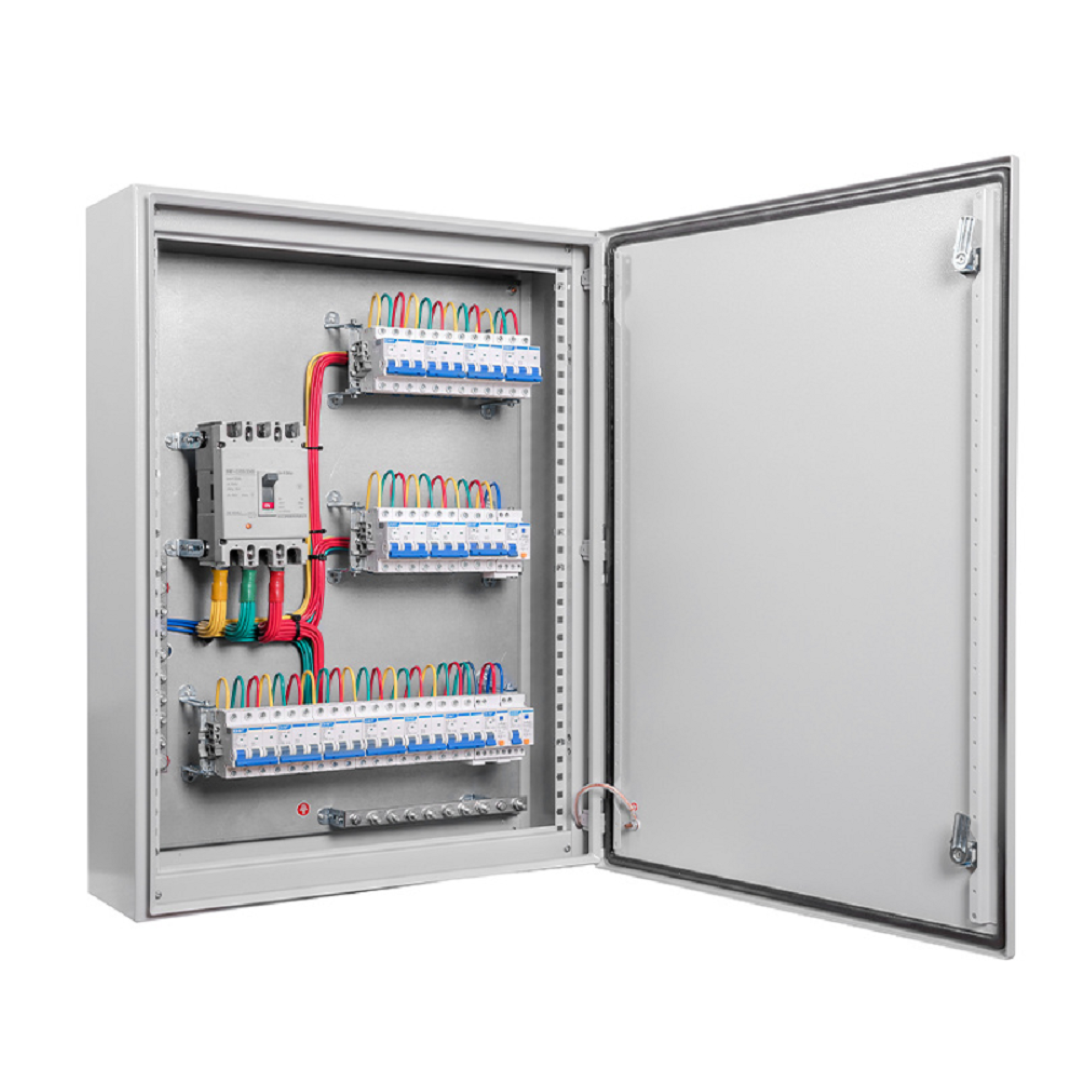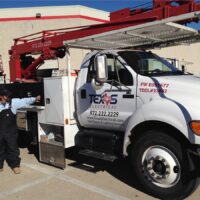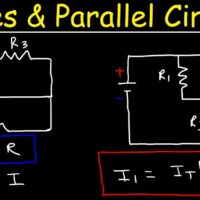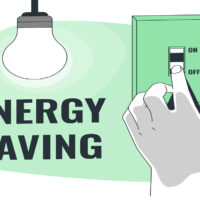A distribution box, also known as a breaker box, houses circuit breakers or fuses for electrical distribution. It ensures safe and efficient power management in buildings.
A distribution box plays a crucial role in an electrical system. It serves as the central hub where the main power supply is divided into subsidiary circuits. This device not only protects electrical equipment from overloads and short circuits but also enhances safety by isolating faulty circuits.
Essential for both residential and commercial properties, a well-maintained distribution box helps prevent electrical hazards. Selecting the right distribution box and ensuring regular maintenance can significantly improve electrical system reliability and longevity. Proper installation by a qualified electrician is essential for optimal performance and safety.
Introduction To Distribution Boxes
Distribution boxes are essential components in electrical systems. They manage and distribute electrical power to various circuits.
Purpose And Importance
The primary purpose of distribution boxes is to ensure the safe distribution of electrical power. They protect electrical circuits from overloads and short circuits.
Distribution boxes house important components such as circuit breakers and fuses. These components prevent damage to electrical devices and reduce fire risks.
A well-designed distribution box enhances electrical safety. It ensures that electrical power is distributed evenly and efficiently.
Electricians rely on distribution boxes for easy maintenance and troubleshooting. They allow quick access to electrical connections and components.
Historical Evolution
In the past, electrical systems lacked proper safety mechanisms. This led to frequent electrical fires and equipment damage.
Early distribution boxes were simple and lacked advanced safety features. They used basic fuses to protect circuits.
With technological advancements, distribution boxes evolved. Modern distribution boxes now include circuit breakers, RCDs, and surge protectors.
Today’s distribution boxes are more compact and efficient. They offer enhanced safety and better performance.
Advancements in materials and design have made distribution boxes more durable and reliable.

Credit: www.kincony.com
Key Components
A Distribution Box is a crucial part of electrical systems. It safely distributes electricity to various circuits. Understanding its key components helps in maintaining and troubleshooting it effectively. Below are the main components of a Distribution Box.
Circuit Breakers
Circuit Breakers are safety devices. They protect electrical circuits from damage caused by overload or short circuits. When a fault is detected, the circuit breaker cuts off the electrical flow. This prevents potential electrical fires or damage to appliances.
| Type | Function |
|---|---|
| MCB (Miniature Circuit Breaker) | Protects small circuits |
| RCCB (Residual Current Circuit Breaker) | Detects and stops leakage currents |
Busbars
Busbars are metallic strips. They conduct electricity within the Distribution Box. These strips make the electrical distribution efficient and organized. Busbars are essential for connecting various circuit breakers and electrical devices.
- Material: Copper or aluminum
- Shape: Flat or cylindrical
- Function: Distributes power evenly
Enclosures
Enclosures are the outer covering of the Distribution Box. They protect the internal components from dust, moisture, and physical damage. Enclosures are usually made of robust materials like steel or plastic.
Enclosures also ensure safety by preventing direct contact with live electrical parts. They come in various sizes and designs to fit different applications.
- Material: Steel, plastic, or fiberglass
- Protection Level: IP (Ingress Protection) rating
- Design: Wall-mounted or floor-standing
Types Of Distribution Boxes
Distribution boxes play a vital role in managing electrical systems. They come in various types, each suited for specific environments. Let’s explore the different types.
Residential
Residential distribution boxes are designed for homes. They ensure safe and efficient electricity distribution. These boxes are usually compact and easy to install.
- Circuit Breaker Panels: Protects home circuits from overload.
- Fuse Boxes: Older type, still in use in many homes.
- Smart Panels: Modern panels with advanced features.
Commercial
Commercial distribution boxes cater to businesses and offices. They handle more circuits and have additional safety features.
| Type | Features |
|---|---|
| Main Distribution Board (MDB) | Centralized control for all circuits. |
| Sub-Distribution Board | Distributes power to different sections. |
| Panelboards | For lighting and appliance circuits. |
Industrial
Industrial distribution boxes are robust and heavy-duty. They are built to withstand harsh conditions and manage high power loads.
- Motor Control Centers (MCC): Controls motors and machinery.
- Power Distribution Units (PDU): Distributes power in data centers.
- Control Panels: For large machines and production lines.
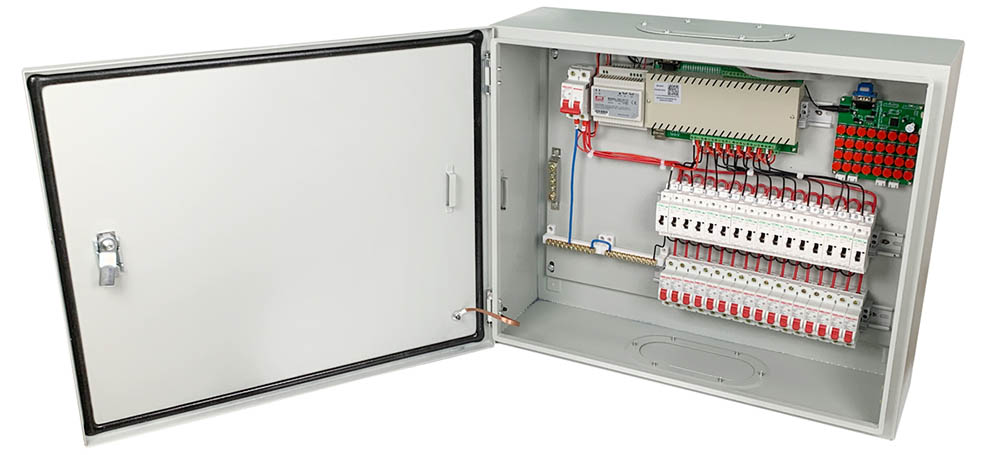
Credit: www.kincony.com
Installation Process
The installation process of a Distribution Box is crucial for ensuring efficient power distribution. This guide simplifies the steps to make your installation smooth and safe.
Preparation Steps
Start by gathering all necessary tools and materials. This includes screwdrivers, wire strippers, and the distribution box itself. Ensure you have the right circuit breakers and connectors.
- Read the manufacturer’s instructions carefully.
- Turn off the main power supply to avoid any electrical hazards.
- Check the wall or panel where the distribution box will be mounted.
Make sure the surface is clean and dry. Mark the positions for drilling holes for screws and anchors. Ensure the dimensions match the distribution box.
Safety Measures
Safety is paramount when installing a distribution box. Follow these measures to ensure a safe installation process.
- Wear safety gear: Use insulated gloves and safety glasses.
- Verify power is off: Use a voltage tester to confirm.
- Avoid wet areas: Ensure the installation site is dry.
- Use insulated tools: This prevents accidental electrical contact.
Double-check all connections and wiring before turning on the power. Ensure all screws and fixtures are tight and secure.
| Tool | Purpose |
|---|---|
| Screwdriver | Tighten screws and fixtures |
| Wire Stripper | Strip insulation from wires |
| Voltage Tester | Check for live wires |
Following these steps ensures a safe and efficient installation of your distribution box. Proper preparation and safety measures protect you and your electrical system.
Maintenance And Upkeep
Keeping your distribution box in good condition is important. It ensures your electrical system works well. Regular maintenance prevents unexpected problems. Let’s explore how to take care of your distribution box.
Routine Inspections
Routine inspections are vital for your distribution box. Check the box every few months. Look for any signs of wear and tear. Ensure all connections are tight and secure. Make sure there are no loose wires.
| Task | Frequency |
|---|---|
| Check connections | Every 3 months |
| Inspect wires | Every 6 months |
| Clean the box | Once a year |
Common Issues And Fixes
Sometimes, issues can occur with your distribution box. Here are some common problems and how to fix them.
- Loose Connections: Tighten any loose screws.
- Corrosion: Clean the corroded parts with a wire brush.
- Overheating: Ensure the box is not overloaded.
If you notice any burning smell, seek professional help. Do not attempt to fix it yourself. Safety is the top priority.
Benefits Of Using Distribution Boxes
Distribution boxes play a crucial role in electrical systems. They offer several benefits that enhance performance and safety. Below are some key benefits of using distribution boxes.
Enhanced Safety
Distribution boxes help in managing electrical connections. This reduces the risk of electrical fires. They keep wires organized and contained, preventing accidents. Circuit breakers in distribution boxes trip during overloads. This protects the entire system from damage.
System Efficiency
Distribution boxes improve the overall efficiency of electrical systems. They streamline the distribution of electricity to various circuits. This minimizes energy loss and ensures optimal performance. Load balancing is another key feature. This ensures even distribution of electrical load, preventing overloads.
| Feature | Benefit |
|---|---|
| Circuit Breakers | Protect system from overloads |
| Load Balancing | Even distribution of electrical load |
Distribution boxes also make maintenance easier. Technicians can quickly access and service electrical connections. This reduces downtime and saves costs.
- Organized wiring
- Improved safety
- Efficient energy distribution
- Ease of maintenance
Technological Advancements
Distribution boxes have evolved significantly with the rise of technology. These advancements make them smarter, more efficient, and easier to manage. Let’s explore how technological advancements have transformed distribution boxes.
Smart Distribution Boxes
Smart distribution boxes offer advanced monitoring capabilities. These boxes can track energy consumption in real-time. This helps in identifying potential issues before they become problems. Smart distribution boxes also allow remote control and diagnostics.
Key features of smart distribution boxes include:
- Real-time energy monitoring
- Remote control and diagnostics
- Automatic alerts for anomalies
- Enhanced safety features
| Feature | Benefit |
|---|---|
| Real-time monitoring | Immediate issue detection |
| Remote control | Convenient management |
| Automatic alerts | Proactive maintenance |
| Enhanced safety | Improved protection |
Integration With Iot
Integration with IoT (Internet of Things) brings a new level of connectivity. IoT-enabled distribution boxes can communicate with other smart devices. This integration allows for seamless operation and control.
Benefits of IoT-enabled distribution boxes:
- Enhanced connectivity with smart devices
- Optimized energy management
- Improved system efficiency
- Real-time data analysis
IoT integration also supports predictive maintenance. This means issues can be fixed before they cause failures. It ensures a more reliable and efficient system.
Future Trends
The future of distribution boxes is bright and promising. Emerging trends are making them more efficient and reliable. These trends aim to improve sustainability, enhance innovative designs, and integrate smart technology.
Sustainability
Sustainability is crucial in today’s world. The next-generation distribution boxes will focus on being eco-friendly. Manufacturers are using recyclable materials to create these boxes. This reduces the environmental impact significantly. Energy-efficient designs will also be a key trend. These designs help in conserving energy, lowering electricity bills.
- Use of recyclable materials
- Energy-efficient designs
- Reduced environmental impact
Innovative Designs
Innovative designs are driving the future of distribution boxes. Modern designs will be more compact and efficient. They will also integrate smart technology, offering better control and monitoring.
| Feature | Benefit |
|---|---|
| Compact Size | Saves space |
| Smart Technology | Better control and monitoring |
These designs will also focus on user-friendly interfaces. This makes them easier to operate, even for non-experts.
- Compact and efficient designs
- Integration of smart technology
- User-friendly interfaces

Credit: www.futinaswitch.com
Frequently Asked Questions
What Is A Distribution Box?
A distribution box is a device that distributes electrical power from a main source to multiple circuits. It helps manage and protect electrical wiring in buildings.
Why Is A Distribution Box Important?
A distribution box is crucial for safety. It prevents electrical overloads and short circuits. It also makes it easier to manage and maintain electrical systems.
How Does A Distribution Box Work?
A distribution box works by receiving power from a main source and distributing it to various circuits. It uses circuit breakers or fuses to protect each circuit from overloads.
What Are The Types Of Distribution Boxes?
There are several types of distribution boxes, including residential, commercial, and industrial. Each type is designed to meet specific electrical needs and safety requirements.
Conclusion
Choosing the right distribution box enhances electrical safety and efficiency. Ensure you select one that fits your needs. A well-chosen distribution box can reduce downtime and prevent hazards. Invest wisely in a quality distribution box for long-term benefits and peace of mind.
Stay safe and efficient with the right electrical solutions.

